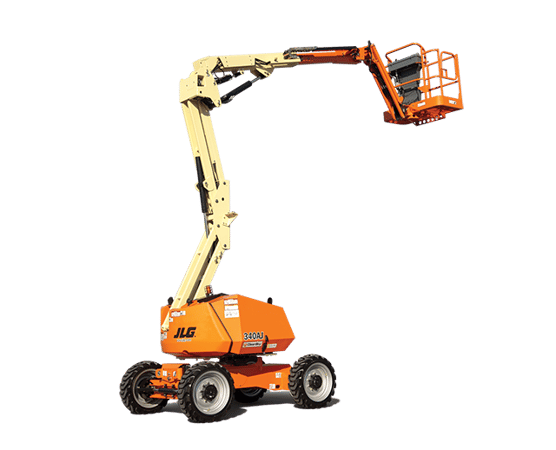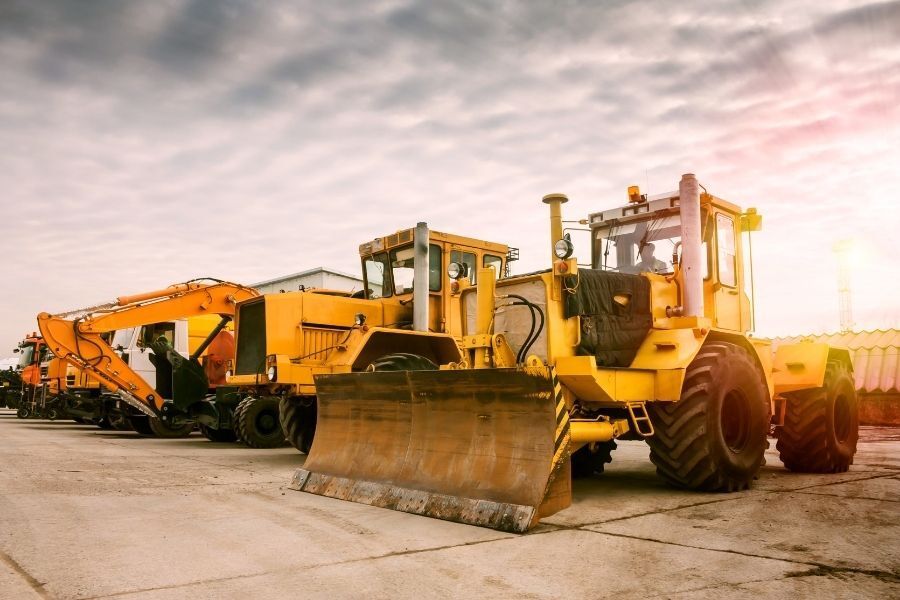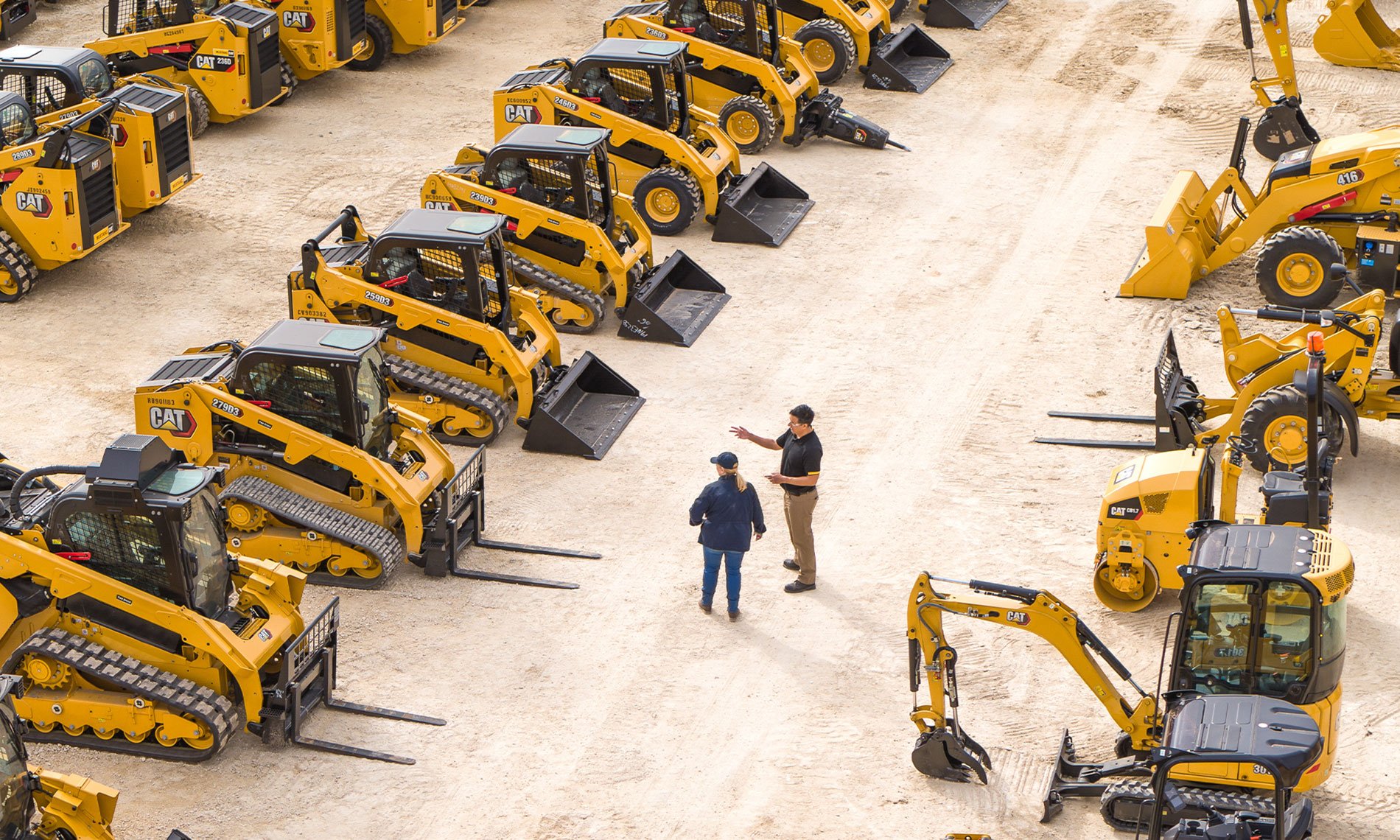Aerial Lift Rental: Versatile Training Solutions for High-Access Jobs
Aerial Lift Rental: Versatile Training Solutions for High-Access Jobs
Blog Article
Maximize Your Budget by Recognizing the Expenses Linked With Construction Tools Rentals
Comprehending the full range of prices connected with construction equipment leasings is crucial for optimizing your spending plan. While the initial rental charge might appear uncomplicated, countless additional expenses-- such as transport, fuel surcharges, and upkeep-- can swiftly accumulate, impacting your financial preparation. Moreover, recognizing different charges and the ins and outs of rental agreements can help stay clear of unexpected monetary concerns. What methods can be employed to successfully manage these costs and make sure an extra efficient rental experience?
Summary of Rental Expenses
When considering building tools leasings, comprehending the associated expenses is extremely important for effective budgeting and project preparation. Rental costs can differ substantially based upon several factors, including equipment type, period of rental, and area. The preliminary rental cost typically shows the devices's market demand and its linked operational capacities, affecting the general cost.
In enhancement to the base rental price, ancillary expenses might develop, such as transportation charges, gas surcharges, and maintenance charges. It is necessary to make up these added expenditures to precisely assess the overall price of renting equipment. In addition, the rental period can affect pricing; longer rentals might receive affordable prices, while short-term leasings could incur higher daily costs.

Malfunction of Rental Rates
An extensive understanding of rental prices is necessary for professionals and job supervisors aiming to enhance their budgets. Rental prices for building and construction equipment usually include several parts, including base rates, time-based fees, and use costs.
Base rates are the core fees connected with the service of the equipment, often identified by the kind and size of the machinery. These rates can differ dramatically, influenced by factors such as tools need, availability, and regional market fads. Time-based charges, which may be daily, weekly, or monthly, serve to fit different job timelines and rental periods.
In addition, rental prices may include usage costs, which apply when tools is made use of past a defined limit, guaranteeing that the rental company can represent wear and tear. Seasonal need variations can likewise affect rental rates, with peak construction periods normally commanding greater prices.
Moreover, understanding the rental business's policies concerning maintenance and insurance policy can provide further understanding into the total price structure. By examining these elements, contractors can make educated choices, ensuring the option of rental tools lines up with both task requirements and budget plan restraints.
Additional Fees to Take Into Consideration
Understanding the ins and outs of extra fees is vital for professionals to handle their total rental expenditures efficiently. Past the typical rental rates, different supplementary costs can substantially influence the complete cost of devices leasing. These charges usually consist of delivery and pick-up fees, which can differ based upon distance and logistics associated with transferring the devices to and from the task machinery moving company site.
In addition, some rental companies may enforce fuel surcharges if the equipment is returned with much less gas than when rented out. It is additionally necessary to be mindful of potential cleansing costs, especially for customized tools that requires detailed maintenance after usage.

Extensively assessing the rental arrangement and making clear these extra fees upfront can assist professionals prevent unforeseen prices and make sure that budget plans continue to be intact throughout the job lifecycle.
Repair And Maintenance Costs
Normal repair and maintenance expenses are commonly overlooked elements that can significantly influence the general expense of building tools leasings. When renting out tools, it is critical to consider not only the rental fees yet additionally the prospective expenses linked with maintaining the equipment in optimum operating condition.
Several rental companies include standard maintenance as part of the rental arrangement; however, a lot more unanticipated breakdowns or comprehensive repair services can lead to added expenses. It's necessary to review the rental agreement meticulously to comprehend what upkeep solutions are covered and what obligations drop on the occupant.
Additionally, devices that is not well-kept can bring about inefficiencies on the work site, possibly enhancing and triggering hold-ups project expenses. To alleviate these risks, it is recommended to perform routine assessments and preserve open communication with the rental supplier relating to any issues that arise throughout use.
Insurance Policy and Obligation Expenses
Insurance coverage and obligation expenses are important parts that can dramatically impact the general expense of construction equipment services (forklift rental). These prices make sure that both the rental business and the client are protected from possible monetary losses occurring from accidents, damage, or theft throughout the rental duration

In addition, clients should know any type of deductibles or exemptions in the insurance coverage policy, as these can impact potential out-of-pocket expenditures. Recognizing the terms and conditions of any type of insurance protection is crucial to prevent unexpected prices. Eventually, budgeting click reference for insurance and responsibility costs can help make certain a smoother rental experience and shield against financial dangers related to construction tasks.
Final Thought
In conclusion, a comprehensive understanding of the costs associated with construction tools services is essential for effective spending plan monitoring. Eventually, notified decision-making relating to devices rentals adds to the total success of building ventures.
Rental prices can vary significantly based on several variables, consisting of devices type, period of leasing, and location (construction equipment rentals). The rental period can influence pricing; longer services might qualify for affordable rates, while temporary leasings might sustain higher day-to-day fees
By conducting detailed research study and engaging with reliable rental firms, professionals can efficiently browse the complexities of rental rates, ultimately optimizing their financial sources.
Beyond the common rental rates, different additional costs can considerably influence the total price of equipment leasing. Rental companies commonly provide obligation insurance that covers injuries to third events or damage to residential or commercial property, while tools damage insurance coverage can cover the price of repairs or substitute if the rented out equipment is harmed.
Report this page